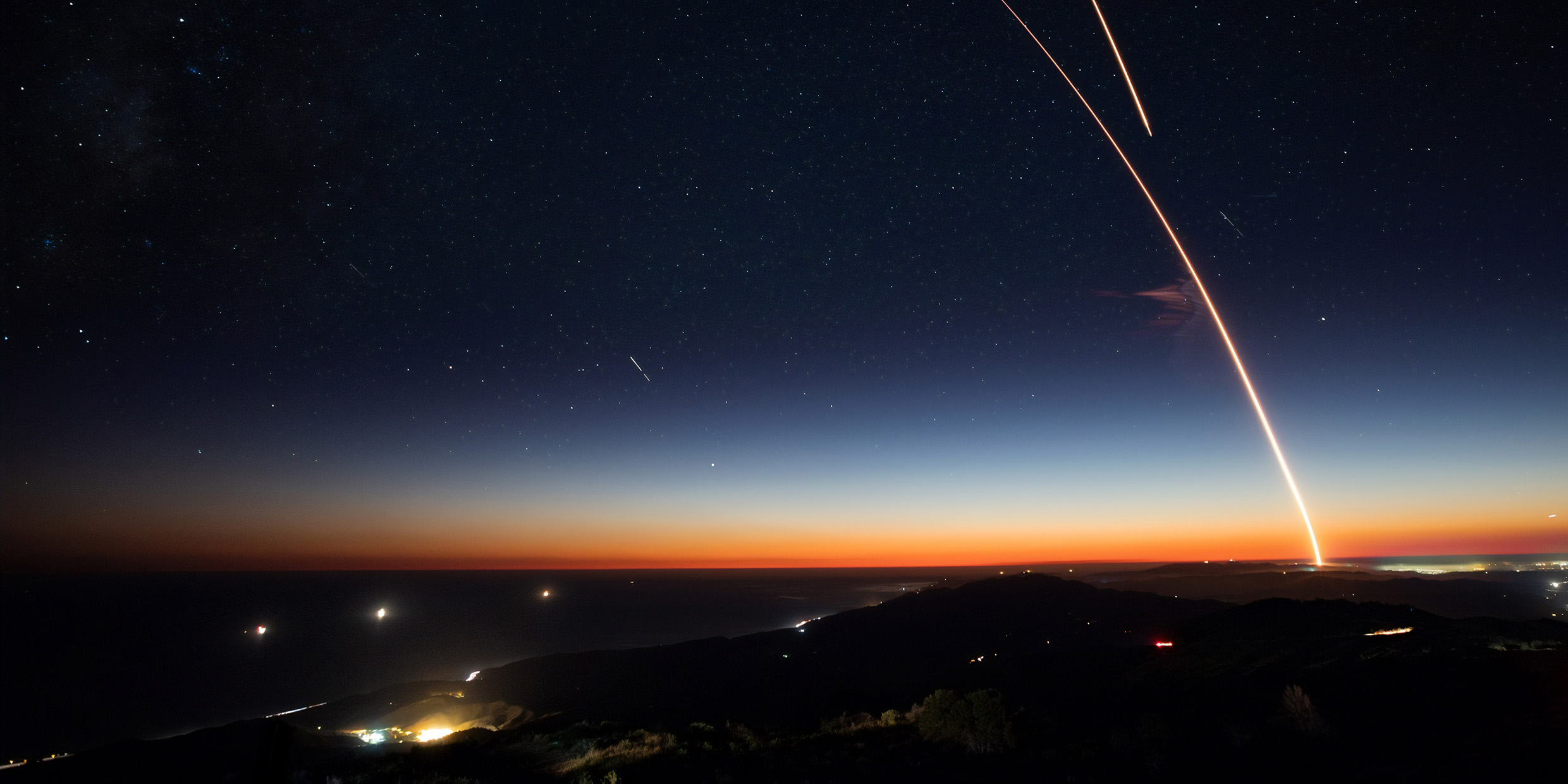Originally published 3 November 1986
Deke Slayton made it into the history books by being one of the seven original astronauts — the guys with the “right stuff.” He made history again by being present when an Apollo craft docked in space with a Soviet Soyuz vehicle, and American astronauts and shook hands in space with Soviet cosmonauts.
Now Slayton wants to add another footnote to history by being the first undertaker in space. Well, perhaps “undertaker” isn’t quite the right word.
Slayton is president of Houston-based Space Services, a private company that hopes to use Conestoga rockets to carry commercial payloads into earth orbit. The first object Slayton wants to put into space is an orbiting mausoleum, a drum containing the cremated remains of perhaps 10,000 human beings, individually packaged in shiny, lipstick-sized capsules. The encapsulated ashes would be supplied by Celestis of Melbourne, Fla., a consortium of engineers and morticians. Each capsule would be embossed with a name, dates, and the message “Among The Stars.” Anyone with $3,900 to spend could be “buried” in space, just that much closer to heaven.
Slayton’s company hopes to blast off with the project in early 1988. By the mid-1990s, Celestis and Space Services hope to be launching three satellites a year containing cremated human remains. (For $15 million, the company says it will loft into orbit the uncremated body of a single individual.)
Accumulating clutter
Some people admire the space burial plan as an example of entrepreneurial ingenuity. Others believe that space is cluttered enough without turning it into a cemetery.
Just how cluttered is space? There are presently nearly 6,000 cataloged objects in earth orbit, objects that are systematically tracked by government and other agencies. The number is growing all the time. The majority of these objects are space garbage. They include satellites that are no longer operational and various stages of launch vehicles that were used to put satellites into orbit. In addition to the cataloged objects, there are tens of thousands of smaller pieces of orbiting trash, the refuse of 29 years of space exploration.
Many of these satellites can be observed visually. Satellites shine by reflection, and are best seen in the hours just after twilight or just before dawn when we are in darkness and the satellite is still in sunlight. If you are a careful and patient observer, in the first hour after darkness you may see as many as a half-dozen objects. A typical satellite looks like a slowly moving star, and takes about two or three minutes to cross the sky.
How high are satellites? If you imagine the earth to be the size of a basketball, then the atmosphere will be about as thick as a sheet of cardboard. Satellites must be above the atmosphere if they are to stay in orbit. Most satellites are between 200 and 800 miles above the Earth, or between one-quarter inch and one inch above the surface of the basketball. The geostationary satellites used for satellite dish communications are on a very high orbit — 28 inches above the equator of the basketball.
The risk of collisions
Slayton’s firm intends to put the space mausoleums on orbits that will take them out of the way of most space traffic (about two inches above the basketball). But the more crowded space gets, the greater becomes the risk of future collisions.
The orbiting space tombs will have a highly reflecting surface so that families can telescopically observe a departed loved one glide across the starry dome of night. The is a feature that does not please astrophotographers. A moving satellite will make a streak of light on time-exposed images of the deep night sky. Sky & Telescope magazine recently published a photograph from the Anglo-Australian Observatory’s sky survey that showed the tracks of six satellites. Satellite tracks on astronomical photographs can obscure potentially interesting objects.
The difference of opinion about the appropriateness of space burials could be partly resolved if the celestial undertakers would shoot the space tombs completely free of the earth’s gravitational pull — free, even, of the gravitational pull of the sun — making sure, of course, not to leave the launch vehicle in orbit. Then nearby space would not be needlessly cluttered, and anyone willing to pay the price could have a final resting place that is truly among the stars.
Celestis, now a subsidiary of Space Services Inc., has placed payloads containing human remains aboard 16 space launches to date. ‑Ed.



